Home>Gardening & Outdoor>Landscaping Ideas>How Long Should Pets Stay Off Fertilized Grass
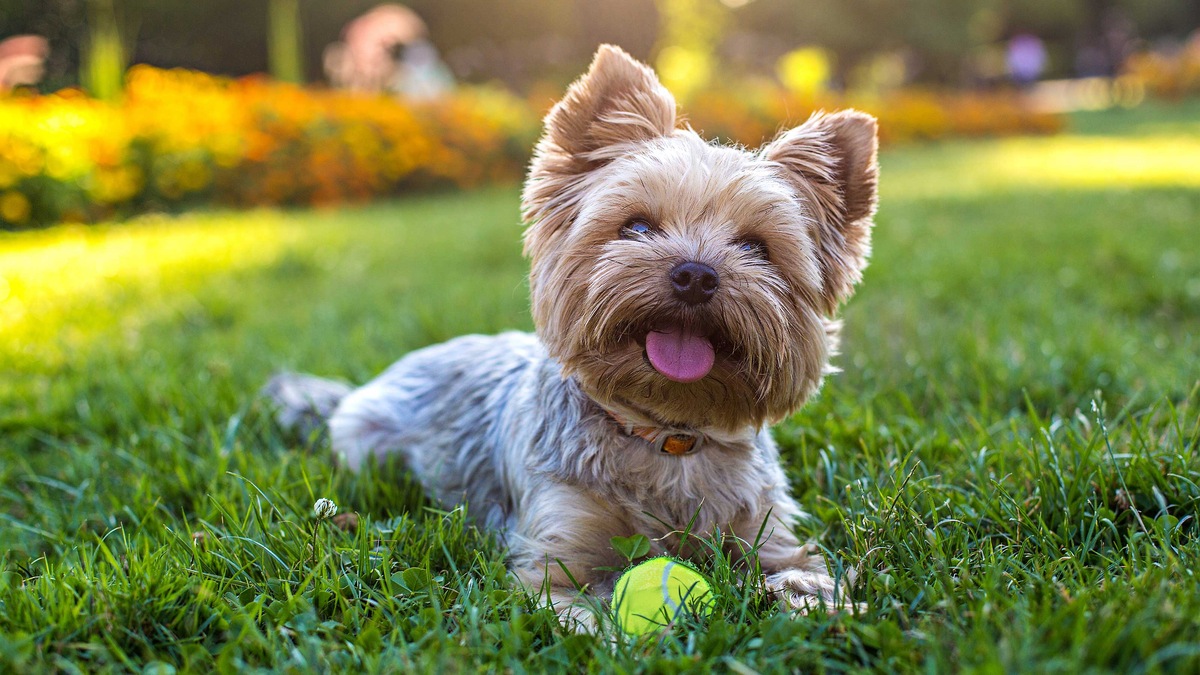

Landscaping Ideas
How Long Should Pets Stay Off Fertilized Grass
Published: January 23, 2024
Learn how long pets should stay off fertilized grass and get expert landscaping ideas to keep your lawn healthy and safe for your furry friends.
(Many of the links in this article redirect to a specific reviewed product. Your purchase of these products through affiliate links helps to generate commission for Storables.com, at no extra cost. Learn more)
Introduction
Maintaining a lush, vibrant lawn often involves the use of fertilizers to promote healthy grass growth and enhance the overall aesthetic appeal of your outdoor space. While fertilizers play a crucial role in nurturing your lawn, they can also pose potential risks to your furry companions. Pets, with their curious nature and penchant for exploring the great outdoors, may inadvertently come into contact with freshly fertilized grass, leading to concerns about their safety and well-being.
As a responsible pet owner, it's essential to understand the implications of allowing your pets to roam on recently fertilized turf. By gaining insights into the factors that influence the duration for which pets should stay off fertilized grass, you can ensure the optimal health of your beloved animals while maintaining a thriving lawn. Join us as we delve into the intricacies of fertilizers, their effects, and the considerations that guide the duration for which pets should steer clear of treated grass. Let's explore how to strike a harmonious balance between a flourishing lawn and the safety of our cherished pets.
Key Takeaways:
- Keep pets off fertilized grass for the recommended period based on factors like fertilizer type, weather, and pet behavior to ensure their safety and the effectiveness of lawn treatment.
- Follow guidelines like creating exclusion zones, providing alternative play areas, and monitoring pet behavior to maintain a thriving lawn while keeping pets safe from potential fertilizer hazards.
Read more: How Long To Stay Off Grass After Fertilizing
Understanding Fertilizer and Its Effects
Fertilizers are formulated to provide essential nutrients to the soil, fostering robust grass growth and fortifying the overall health of your lawn. These nutrients typically include nitrogen, phosphorus, and potassium, collectively known as NPK. While these elements are instrumental in promoting a verdant and resilient lawn, they can also present potential hazards to pets if not managed carefully.
When pets come into contact with freshly applied fertilizer, they may inadvertently ingest or absorb harmful chemicals, leading to a range of health issues. For instance, nitrogen, a key component of many fertilizers, can cause gastrointestinal distress and irritation to pets' paws and skin. Additionally, certain fertilizers may contain additives or compounds that are toxic to animals if ingested or inhaled. These factors underscore the importance of exercising caution and implementing appropriate safety measures to safeguard the well-being of your pets.
Moreover, the timing of fertilizer application is a critical factor in determining its impact on pets. Newly fertilized grass poses a higher risk to animals, as the chemicals are more likely to be present on the surface and may not have been fully absorbed into the soil. Understanding the potential effects of fertilizer on pets empowers you to make informed decisions regarding the duration for which pets should be kept away from treated areas, ensuring their safety and minimizing the risk of exposure to potentially harmful substances.
Factors Affecting How Long Pets Should Stay Off Fertilized Grass
Several key factors come into play when determining the appropriate duration for which pets should steer clear of fertilized grass. By considering these elements, you can make well-informed decisions to protect your pets while nurturing a thriving lawn.
- Type of Fertilizer: Different fertilizers have varying compositions and chemical properties, influencing how long they remain active on the grass surface. Fast-release fertilizers may dissipate more quickly, allowing for a shorter exclusion period for pets, whereas slow-release formulations may necessitate a more prolonged avoidance timeframe.
- Environmental Conditions: Weather conditions, such as rainfall and humidity, can impact the absorption and breakdown of fertilizers. Heavy rain shortly after application may dilute the chemicals, potentially reducing the risk to pets, while dry conditions could prolong the duration for which pets should stay off the treated grass.
- Application Method: The manner in which the fertilizer is applied, whether as granules or liquid, can influence its adherence to the grass and the potential for exposure to pets. Granular fertilizers may require watering to activate and settle into the soil, whereas liquid formulations may dry more quickly but could pose a greater risk of direct contact.
- Pet Behavior and Size: Consider the behavior patterns of your pets and their size when determining the exclusion period. Active, inquisitive pets may be more prone to interacting with treated grass, warranting a longer avoidance timeframe. Additionally, smaller pets may be more susceptible to the effects of chemical exposure.
- Grass Absorption: The ability of the grass to absorb and integrate the fertilizer into the soil plays a crucial role in minimizing surface residue. Depending on the grass variety and health, the duration for which pets should stay off the lawn may vary as the fertilizer is assimilated into the turf.
By taking these factors into account, you can tailor your approach to managing pet access to fertilized grass, mitigating potential risks and promoting a safe environment for your cherished companions.
Pets should stay off fertilized grass for at least 24-72 hours to avoid potential ingestion of harmful chemicals. Always follow the specific instructions on the fertilizer label.
General Guidelines for Keeping Pets Off Fertilized Grass
Implementing thoughtful guidelines for managing pet access to fertilized grass is essential for ensuring the well-being of your pets and the effectiveness of the lawn treatment. By adhering to these general principles, you can strike a balance between maintaining a thriving lawn and safeguarding your furry friends.
- Observe Application Instructions: Follow the manufacturer’s recommendations for the specific fertilizer product used, including any guidelines related to pet exposure. Adhering to the application instructions can help minimize the risk of pet-related issues and optimize the benefits of the fertilizer.
- Establish Exclusion Zones: Clearly demarcate areas of the lawn that have been treated with fertilizer, creating physical barriers or using visual markers to denote off-limits zones for pets. This proactive approach can help prevent unintended pet access to freshly treated areas.
- Monitor Weather Conditions: Stay attuned to weather forecasts and avoid fertilizing before anticipated heavy rainfall, as excessive moisture can affect the potency of the fertilizer and necessitate an extended exclusion period for pets.
- Provide Alternative Play Areas: Designate alternative play and exercise spaces for your pets during the exclusion period, such as a securely fenced section of the yard or an indoor play area. Offering engaging activities can help redirect your pets’ attention away from the treated grass.
- Thoroughly Water and Maintain the Lawn: After the recommended exclusion period has elapsed, thoroughly water the treated areas to facilitate the absorption of the fertilizer into the soil. Regular lawn maintenance, including mowing and watering, can contribute to minimizing residual risks to pets.
- Monitor Pet Behavior: Pay close attention to your pets’ behavior and any signs of curiosity or attempts to access the treated grass. Redirect them gently and reinforce positive behavior to discourage interactions with off-limits areas.
- Consult with a Veterinarian if Concerns Arise: If you suspect that your pet has come into contact with fertilizer or is exhibiting unusual symptoms, seek guidance from a veterinarian promptly. Early intervention can help address any potential health issues and ensure the well-being of your pets.
By embracing these general guidelines, you can navigate the process of keeping pets off fertilized grass with confidence and diligence, fostering a safe and enjoyable environment for both your pets and your lawn.
Conclusion
As pet owners, our commitment to nurturing a healthy, vibrant lawn must harmonize with our responsibility to safeguard the well-being of our beloved animals. Understanding the dynamics of fertilizers, their effects on pets, and the factors influencing the duration for which pets should stay off fertilized grass empowers us to make informed decisions that prioritize the safety and health of our furry companions.
By considering the type of fertilizer, environmental conditions, application methods, pet behavior, and grass absorption, we can tailor our approach to managing pet access to treated areas, mitigating potential risks and optimizing the effectiveness of lawn treatments. Implementing general guidelines, such as observing application instructions, establishing exclusion zones, monitoring weather conditions, providing alternative play areas, and consulting with veterinarians when necessary, enables us to navigate the process with care and diligence.
Ultimately, the well-being of our pets remains paramount. Through proactive measures, thoughtful planning, and attentive monitoring, we can create a safe and nurturing environment for our pets while maintaining a thriving, lush lawn. By striking a harmonious balance between these priorities, we enrich the lives of our pets and enhance the beauty of our outdoor spaces, fostering a harmonious coexistence between our furry friends and our flourishing lawns.
Let us embark on this journey with a deep sense of responsibility and compassion, cherishing the joy of watching our pets thrive in a secure and inviting outdoor environment, while reveling in the beauty of a meticulously cared-for lawn.
Frequently Asked Questions about How Long Should Pets Stay Off Fertilized Grass
Was this page helpful?
At Storables.com, we guarantee accurate and reliable information. Our content, validated by Expert Board Contributors, is crafted following stringent Editorial Policies. We're committed to providing you with well-researched, expert-backed insights for all your informational needs.
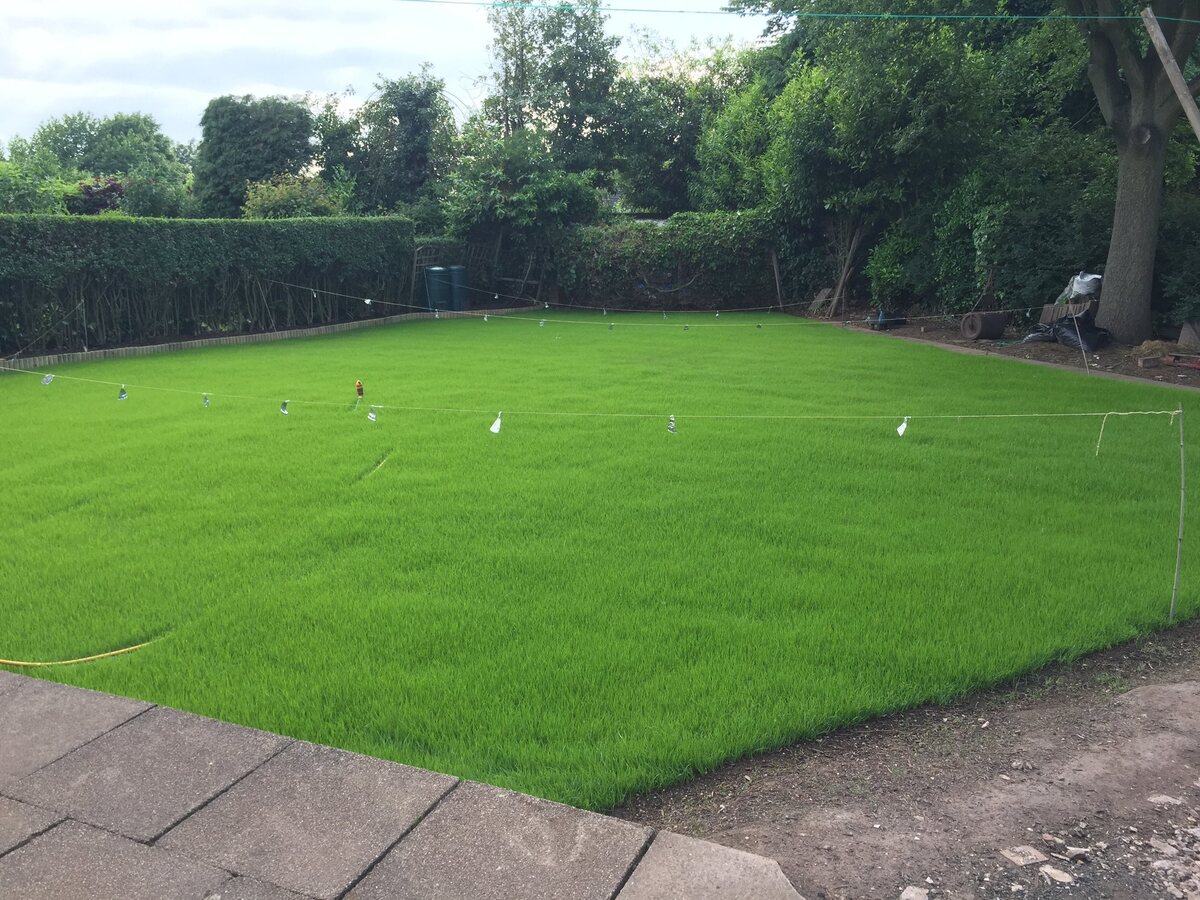
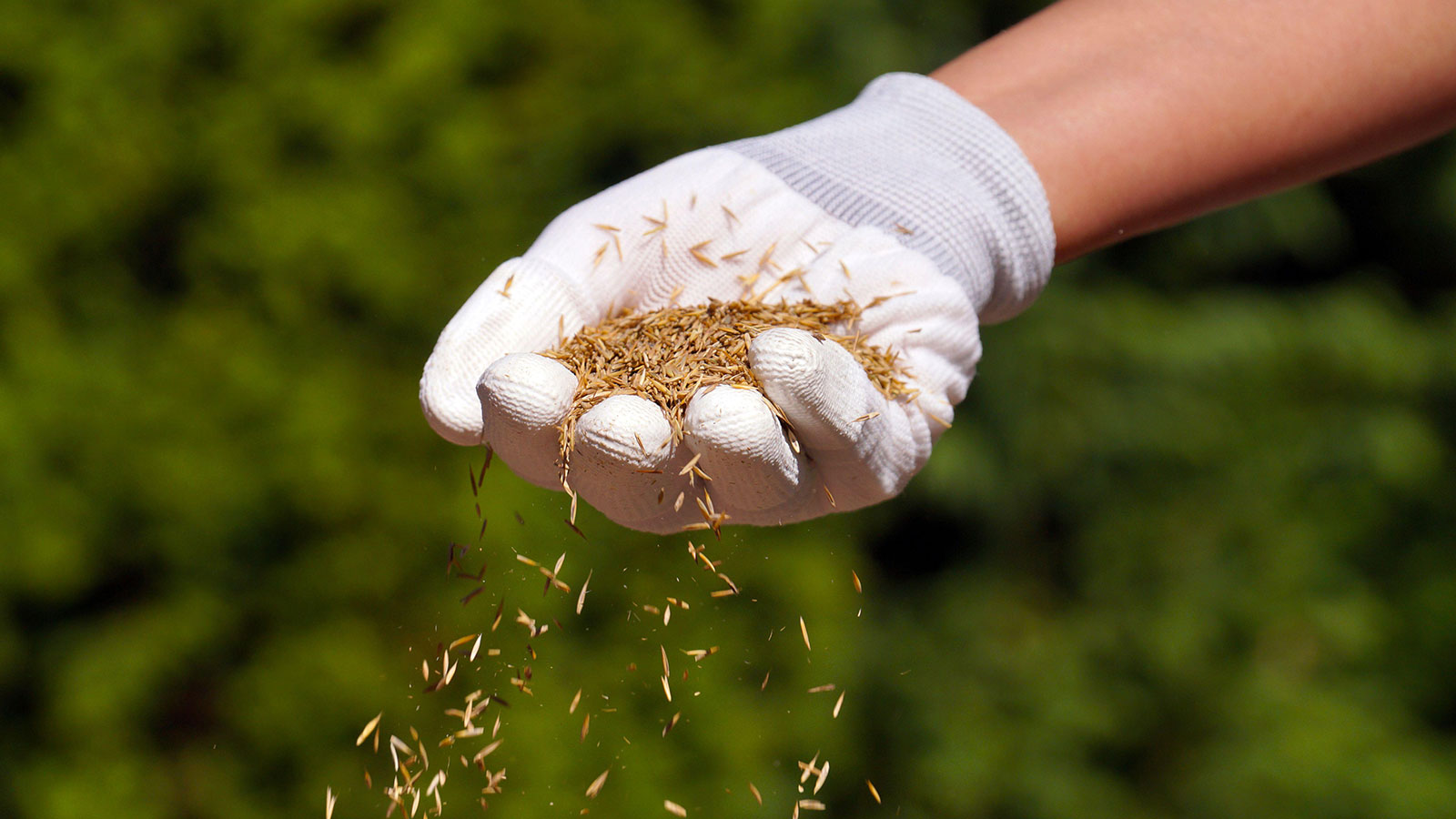
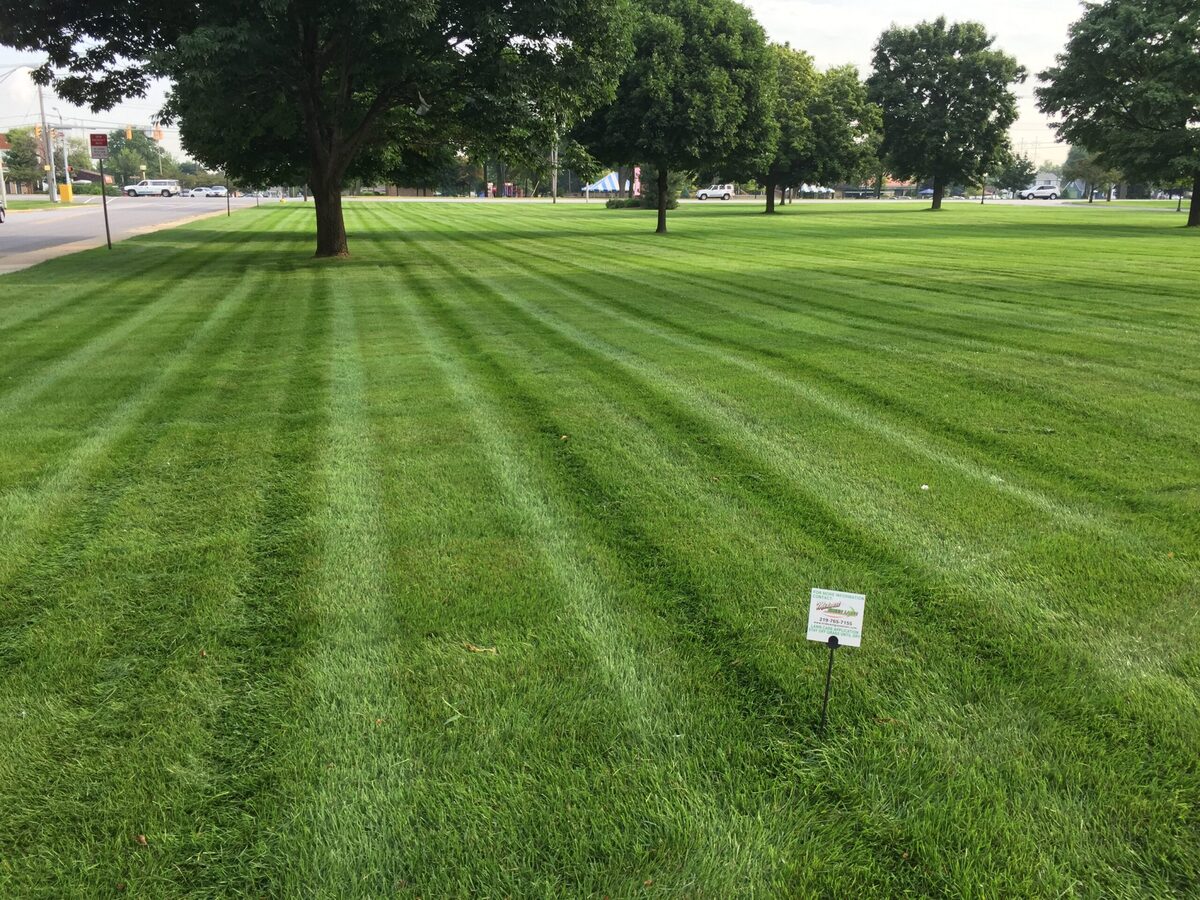
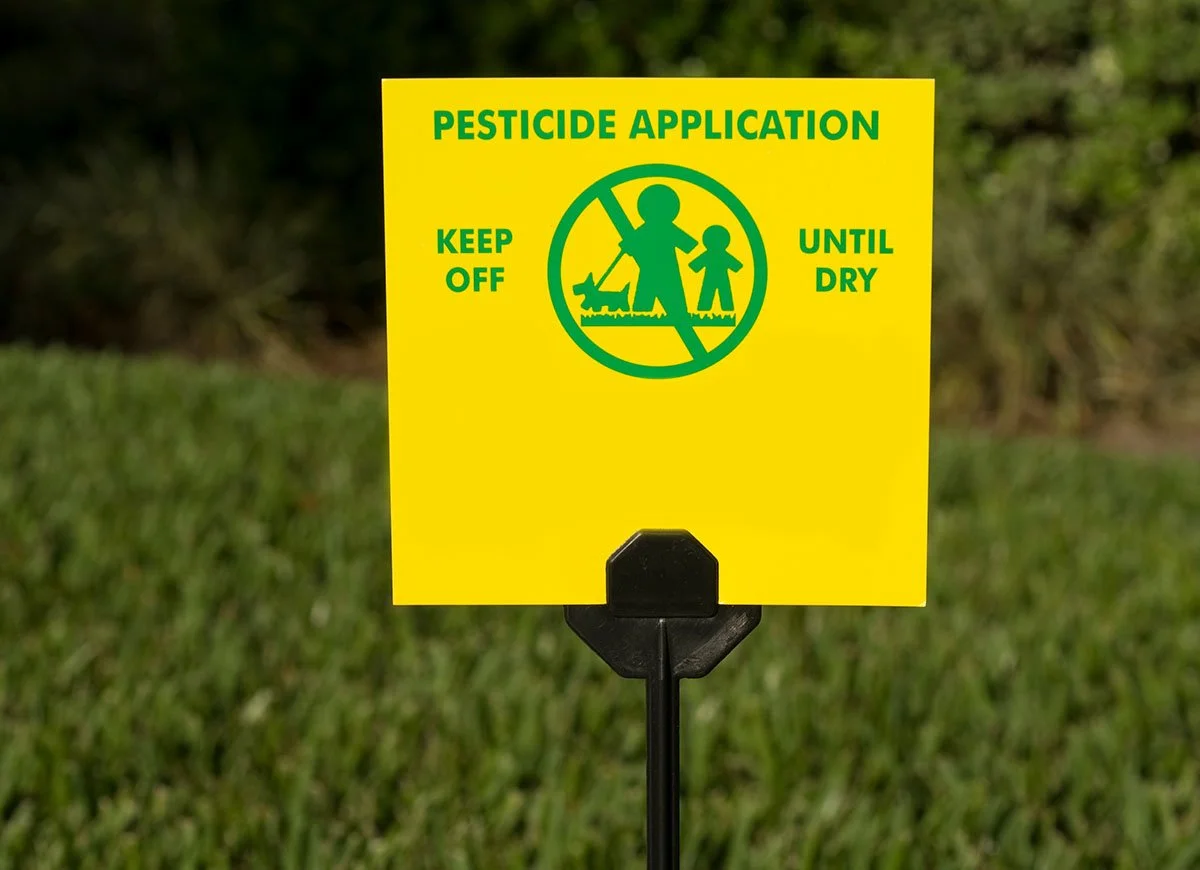
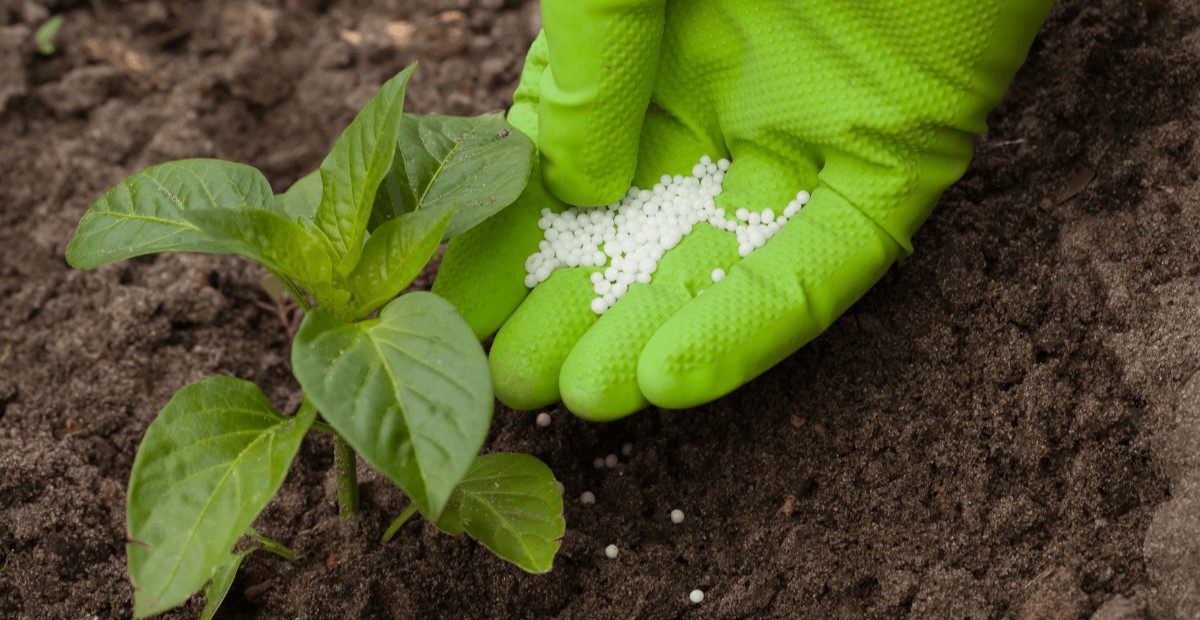
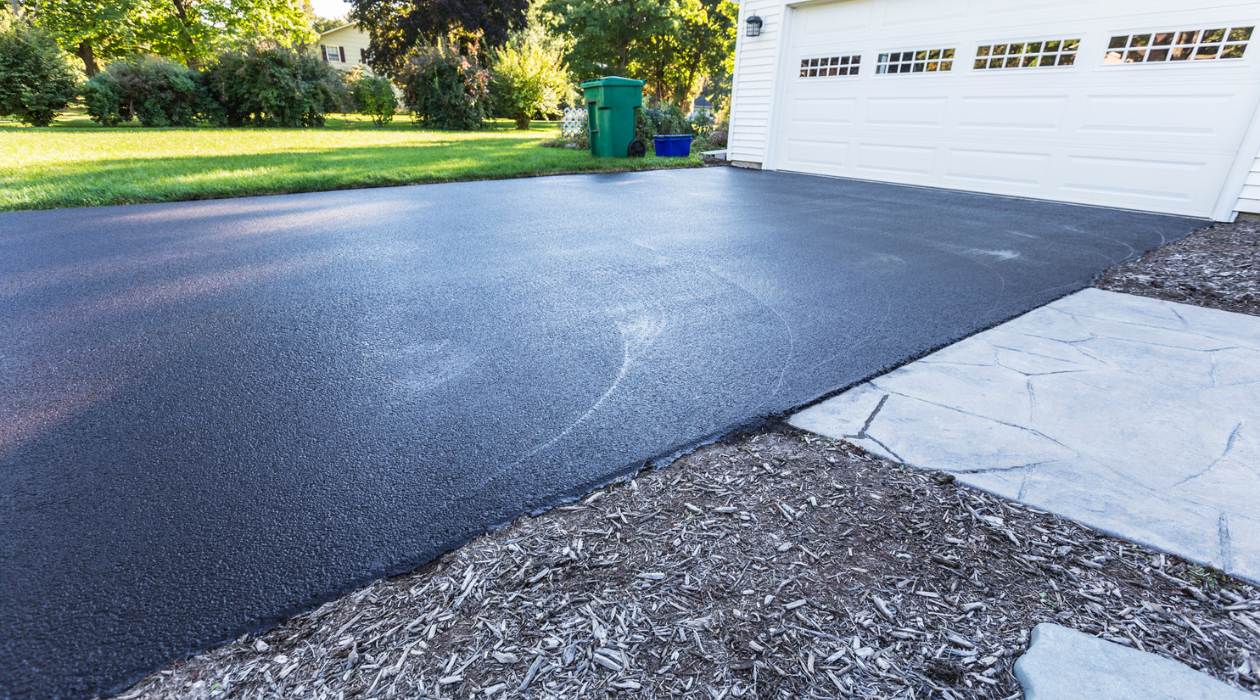
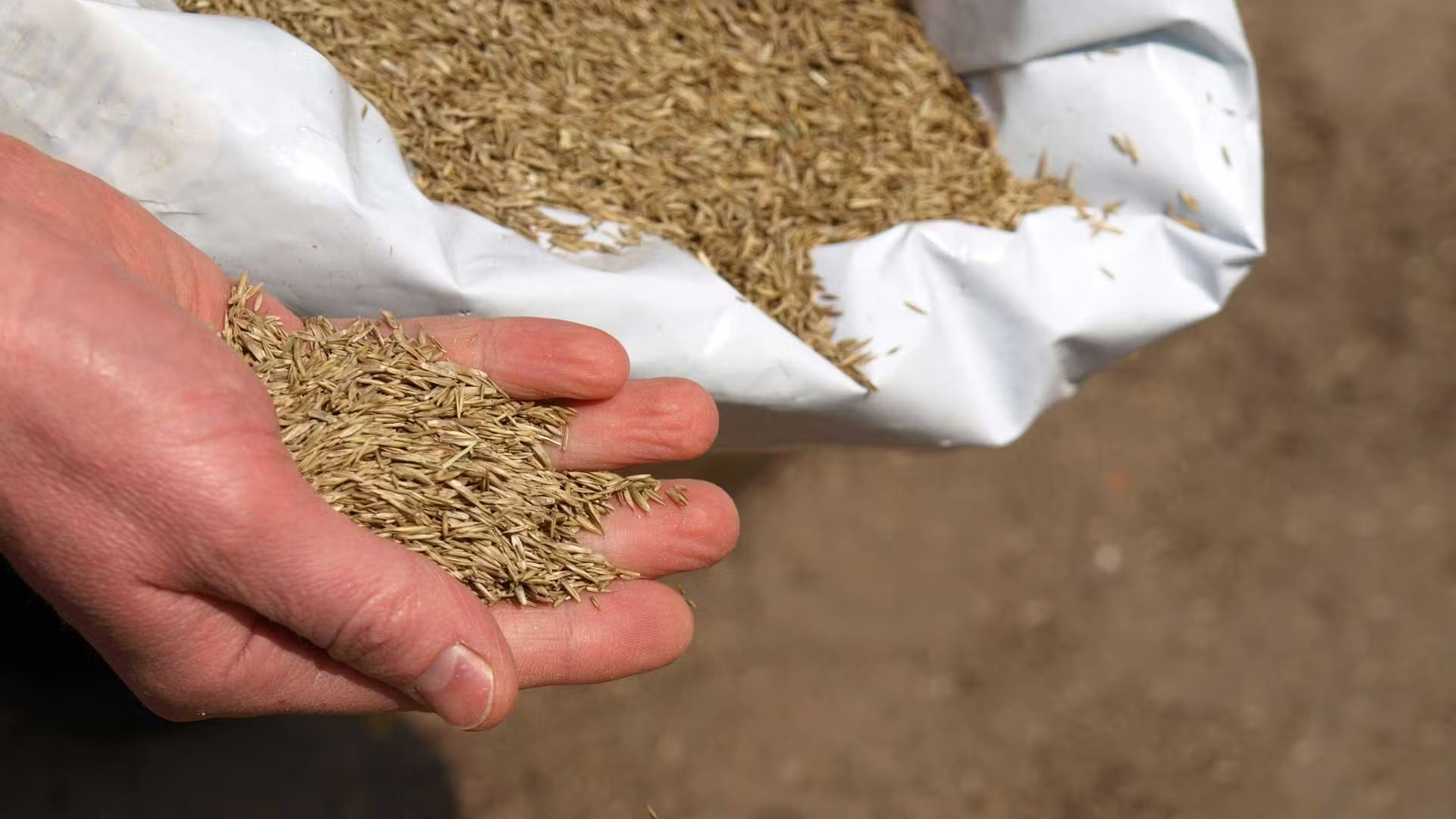
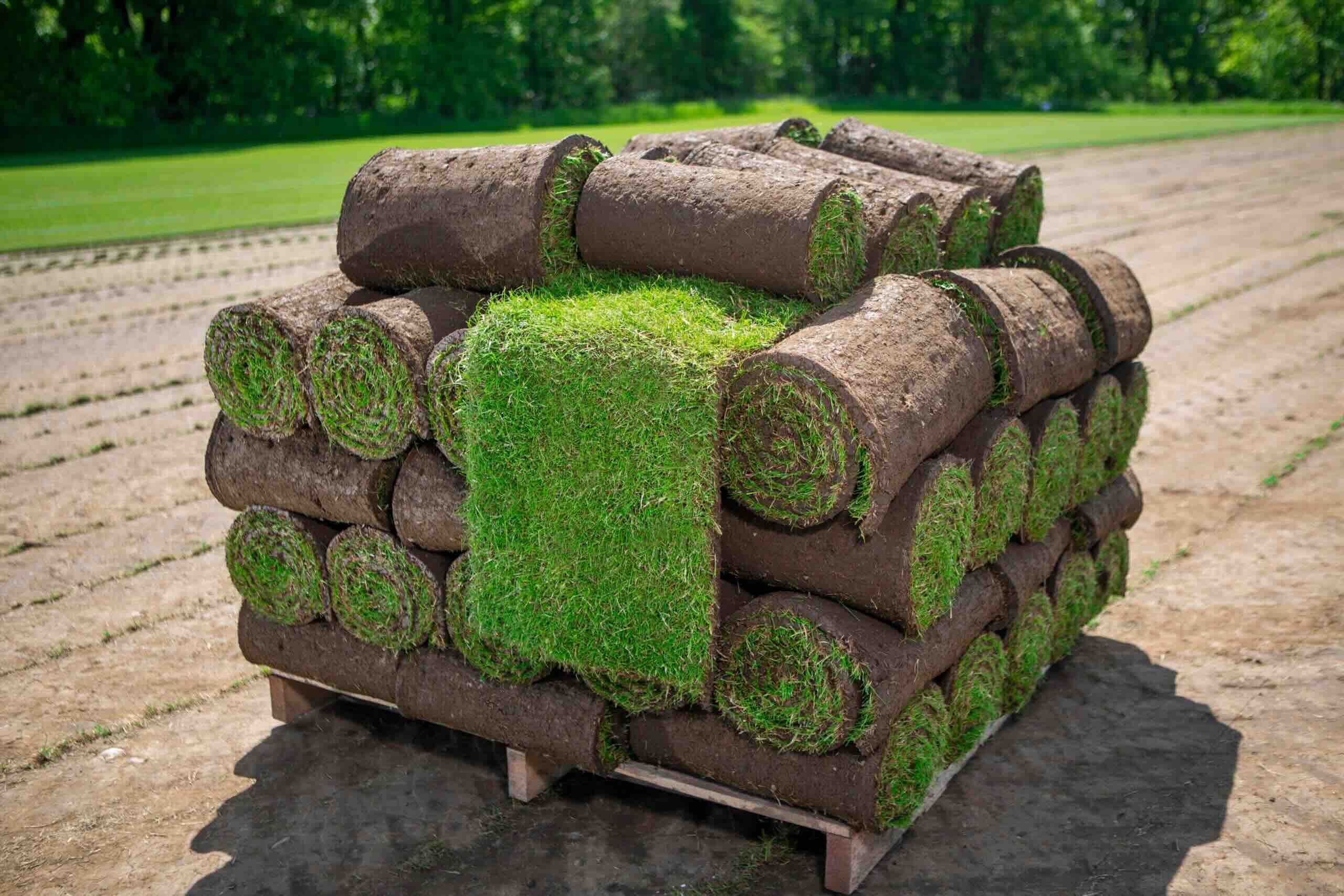

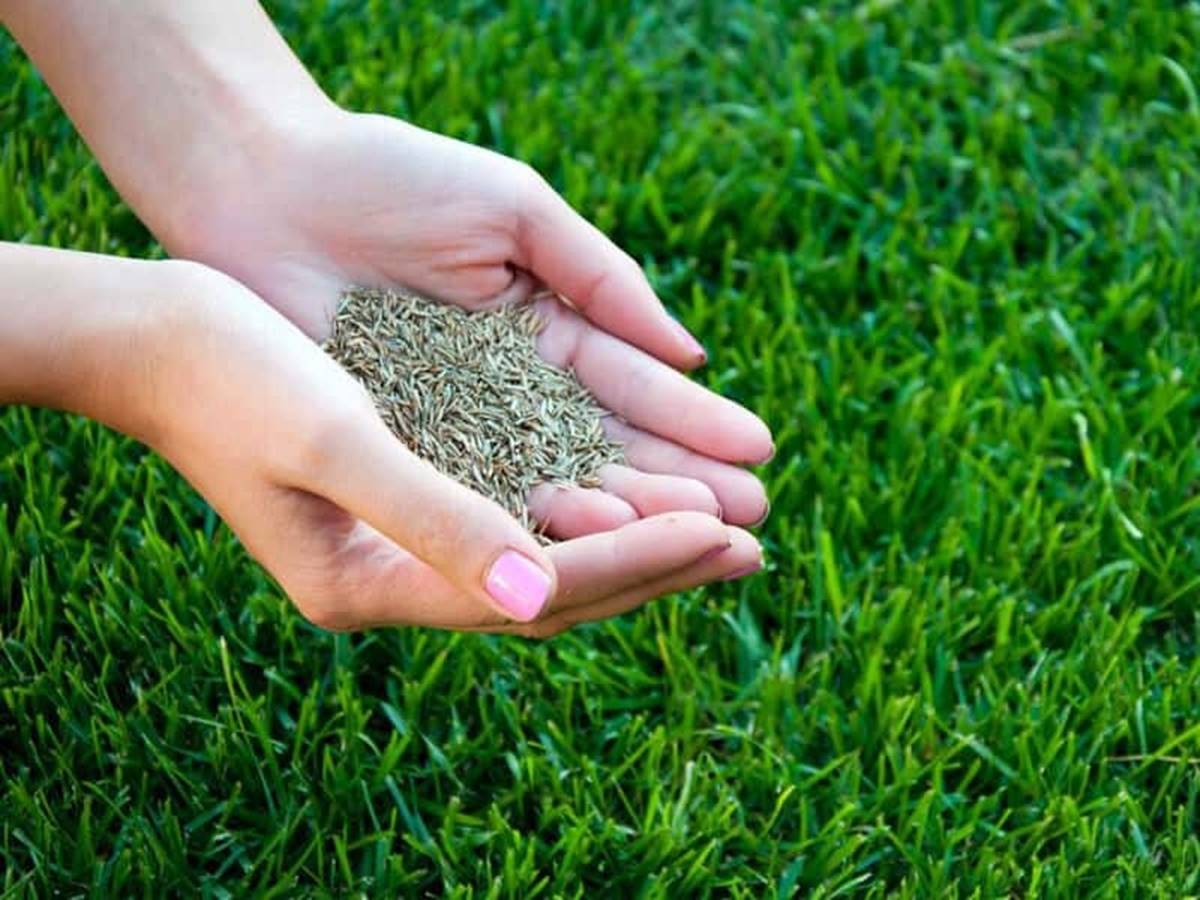
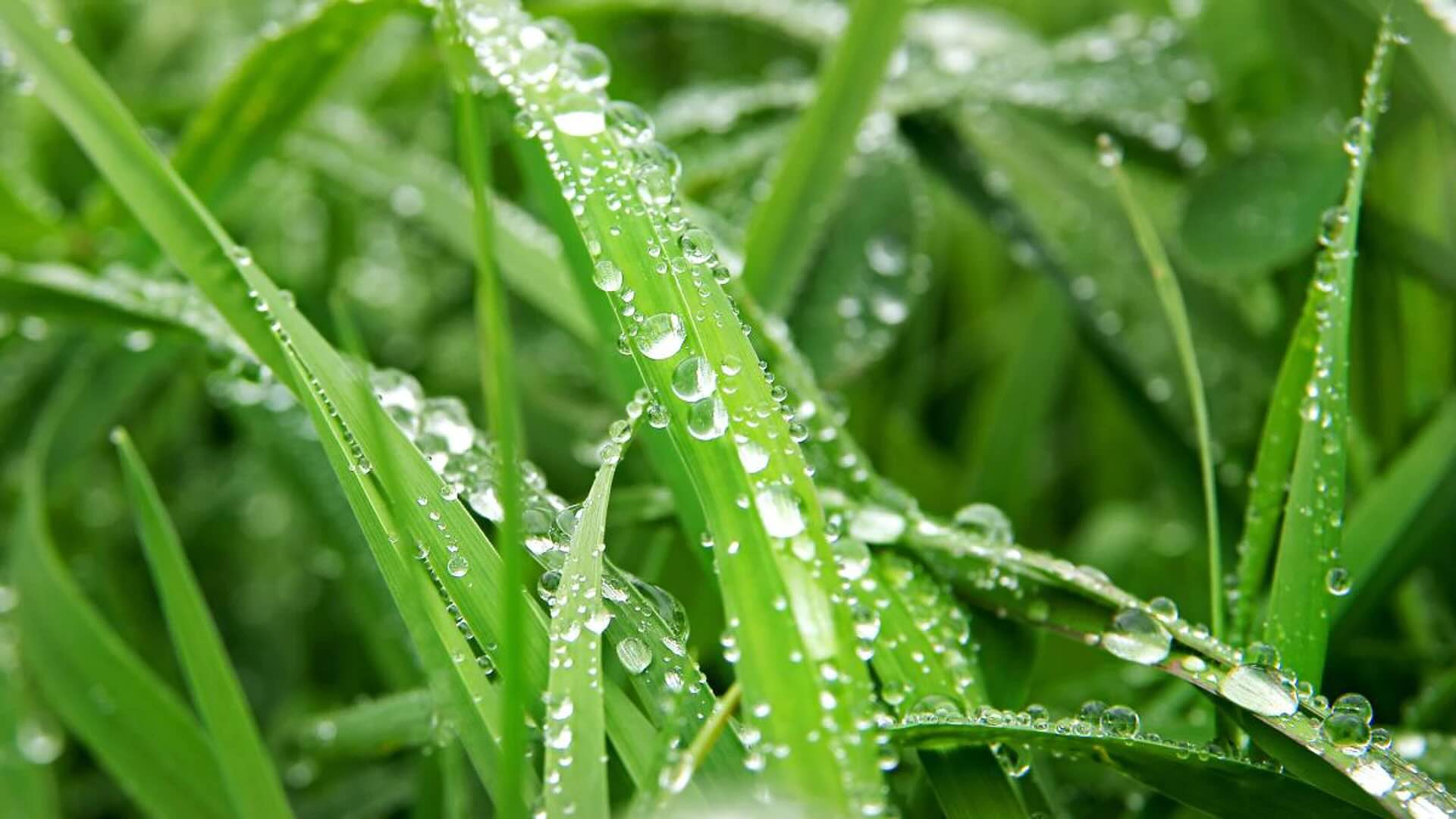
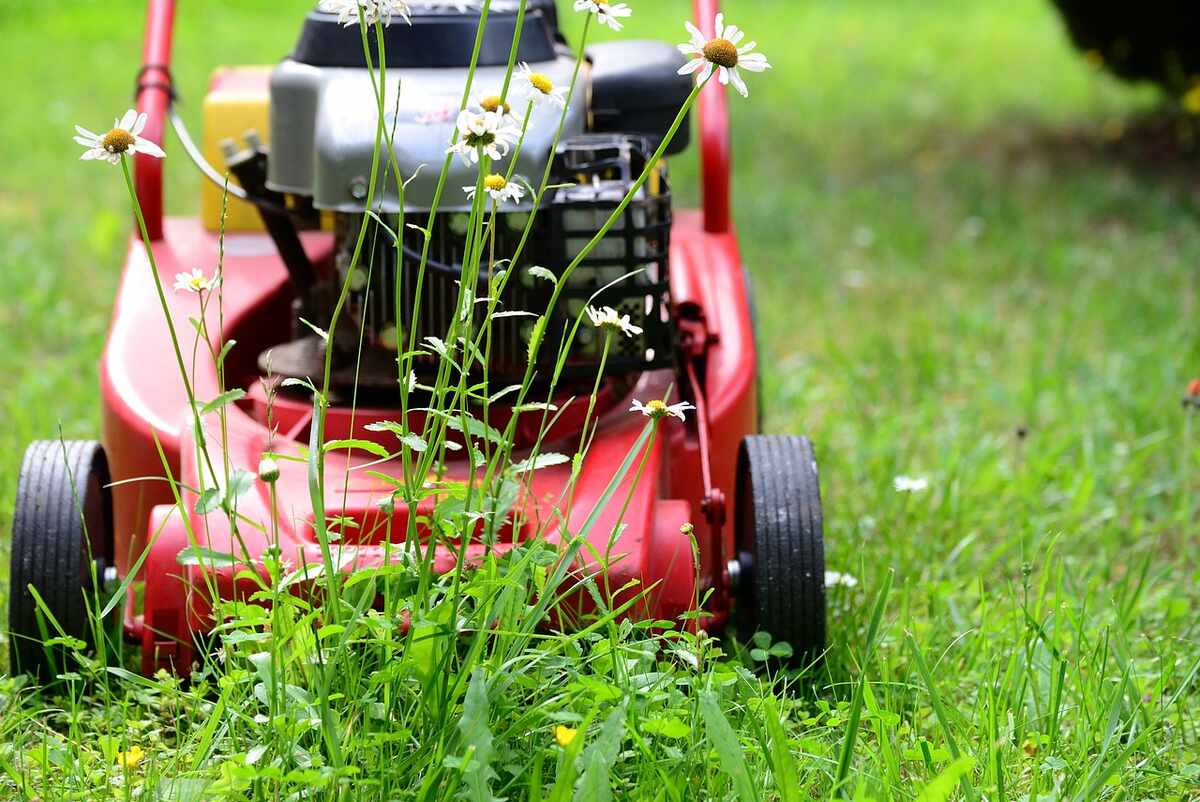
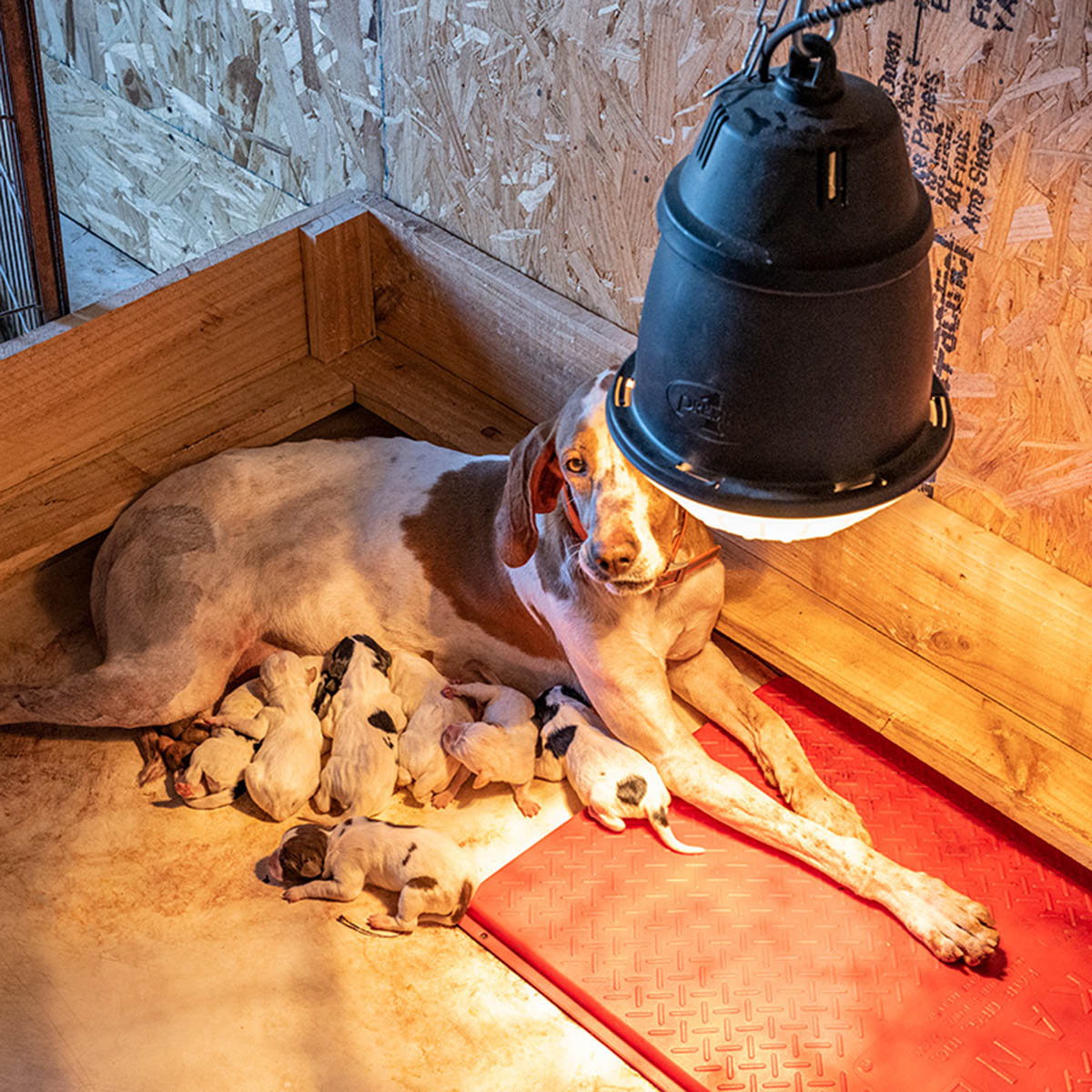
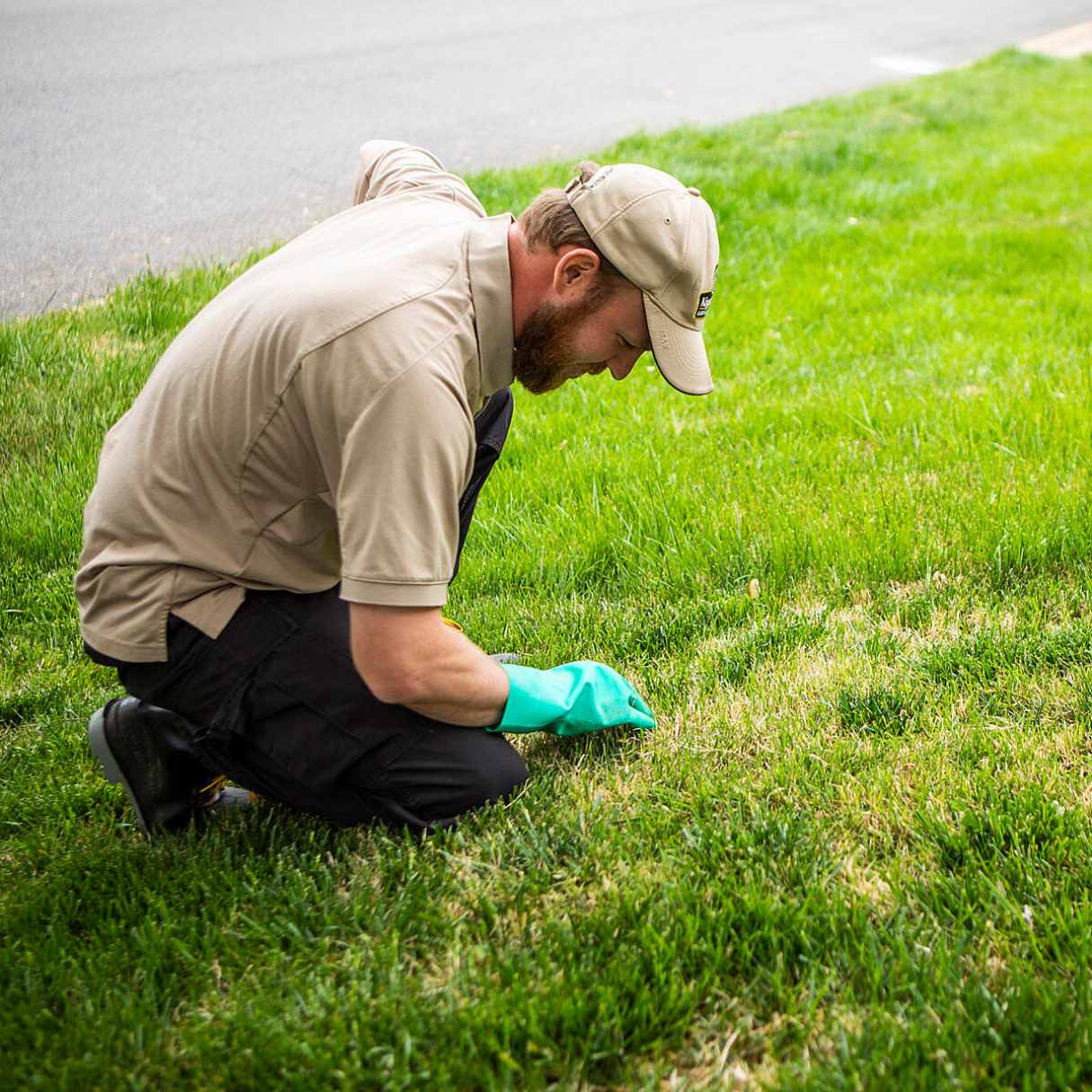
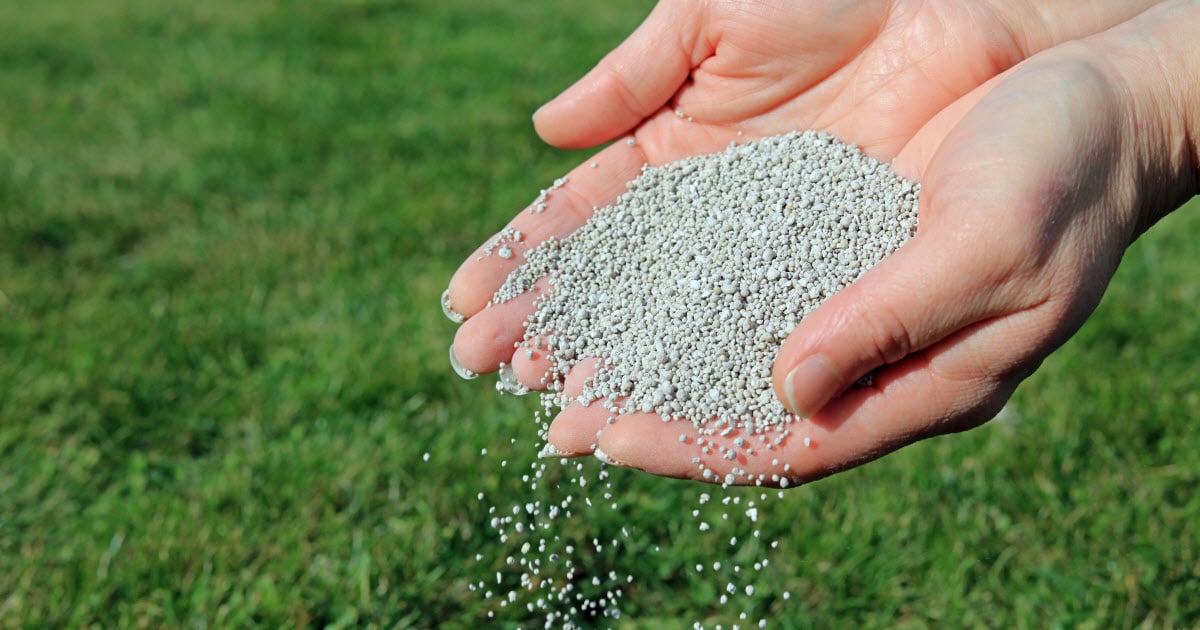

0 thoughts on “How Long Should Pets Stay Off Fertilized Grass”